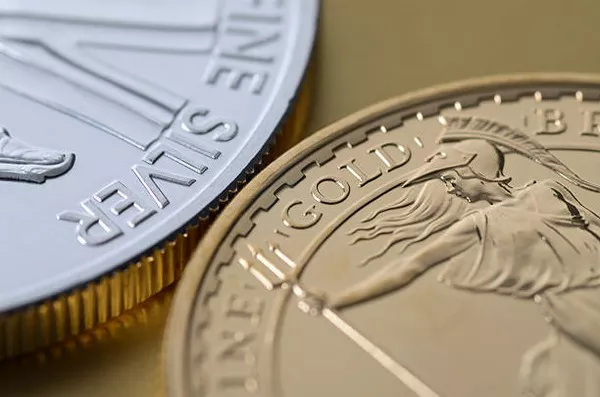Amidst recent economic data indicating weaker-than-expected growth, investors are navigating a landscape of uncertainty that has triggered significant market reactions. The release of the first-quarter Gross Domestic Product (GDP) estimate by the Commerce Department revealed growth of 1.6%, falling short of the consensus forecast of 2.3%.
Following this news, stock markets experienced a sell-off, while the prices of gold and silver saw modest rebounds from earlier declines observed throughout the week.
Analysts suggest that the setbacks witnessed in precious metals markets may be transient, as concerns surrounding inflation and ongoing economic challenges continue to loom large.
In response to the GDP figures, Treasury Secretary Janet Yellen has sought to reframe the economic narrative by asserting that the underlying strength of the economy surpasses the current data. However, critics argue that real economic growth may be even lower than reported due to the persistent impact of elevated inflation rates, particularly in essential sectors like housing, food, and energy.
Notably, the release of the core Personal Consumption Expenditures (PCE) index, excluding food and energy prices, demonstrated a substantial surge from 2% to 3.7% in the first quarter of 2024, exceeding economist forecasts. This unexpected rise in inflation poses challenges to widespread expectations of Federal Reserve rate cuts later this year.
Federal Reserve Chairman Jerome Powell’s evolving stance on inflation and monetary policy indicates a willingness to tolerate elevated inflation above the 2% target, potentially leading to further economic stimulus measures.
As confidence in the Federal Reserve’s inflation management wanes, investors are increasingly turning to precious metals as a hedge against inflationary pressures. Despite recent market volatility, gold and silver prices remain on a notable upward trend, with gold surpassing year-end price targets of $2,400 per ounce ahead of schedule.
The resurgence of interest in gold and silver markets among mainstream investors underscores a growing recognition of their role as safe-haven assets during times of economic uncertainty. However, silver continues to remain relatively overlooked compared to gold by institutional and retail investors alike.
In conclusion, the current economic landscape characterized by persistent inflation and uncertain growth prospects is driving investors towards precious metals, which are perceived as a reliable store of value amidst volatile market conditions.


